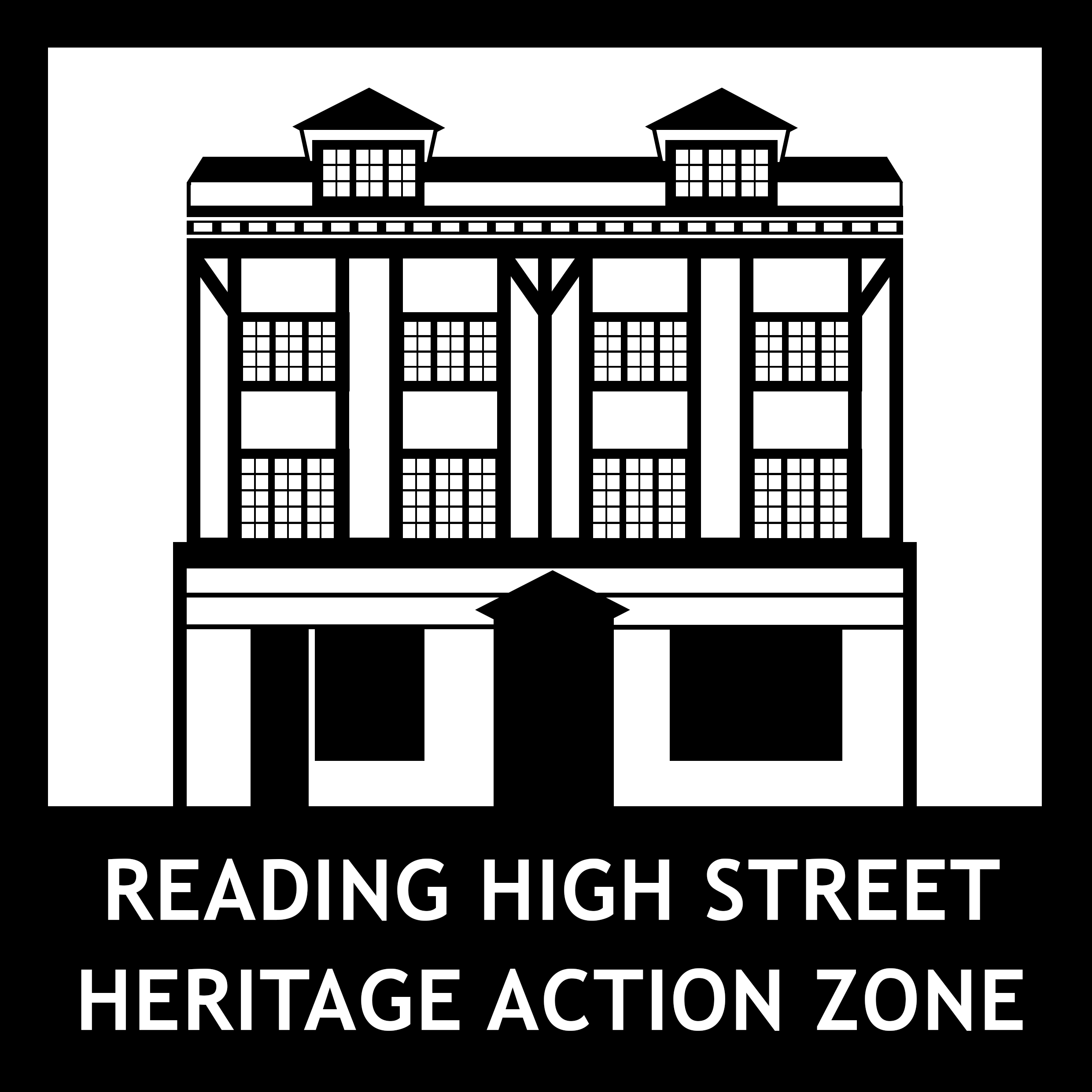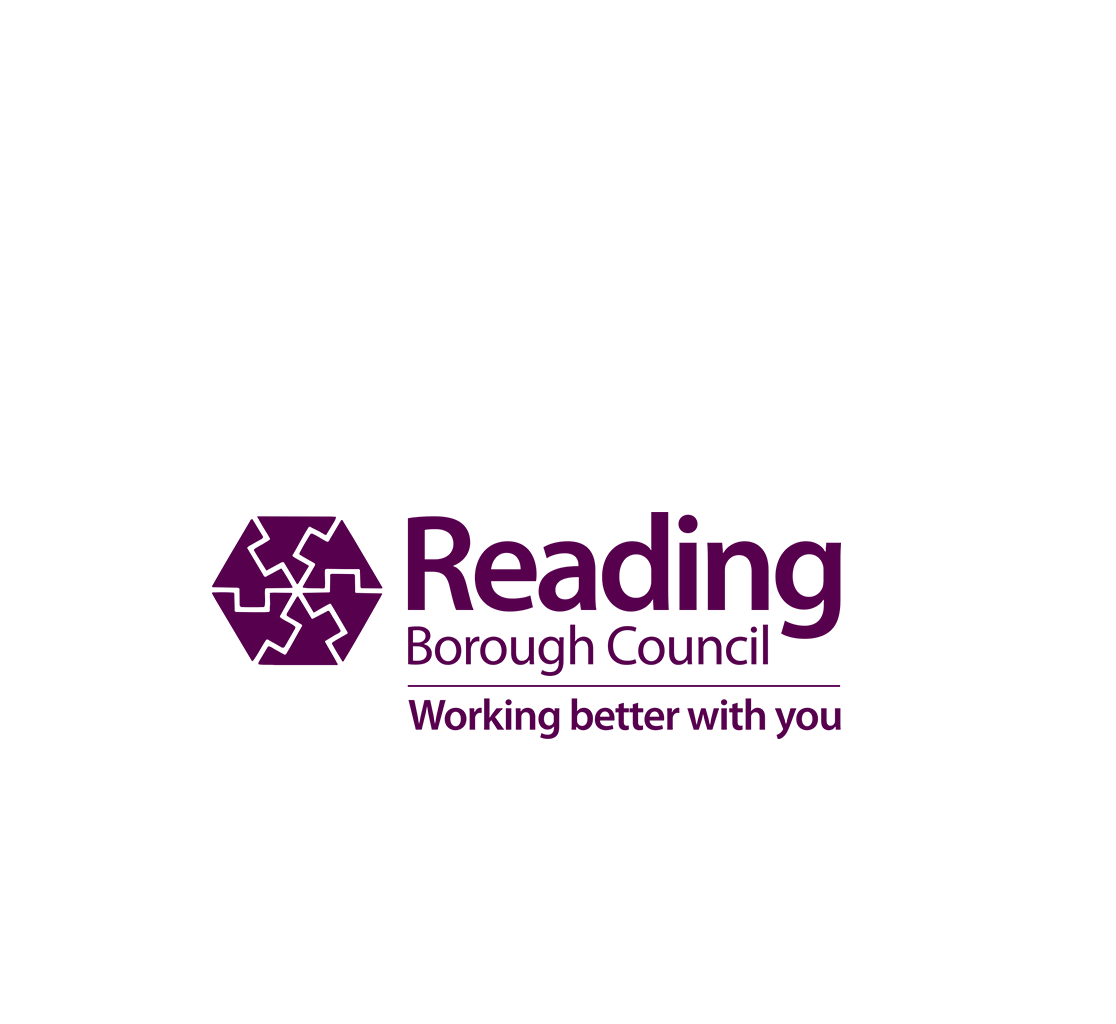High Street Heritage Action Zone (HSHAZ) status was awarded to Reading for three conservation areas. Reading Borough Council, as one of 68 places in England, received a share of an Historic England fund. The Reading HSHAZ programme was based within three designated conservation areas: Oxford Road, St Mary’s Butts, and Market Place. The programme, completed last month, combined three complementary strands:
- Physical interventions and public realm improvements: conservation and repair work carried out to buildings and improvements to the public realm.
- Community engagement: building, nurturing and sustaining relationships with local communities and giving them a key role in deciding what works they want to see happening on their high street and what sort of place they want it to be.
- Cultural programme: creating opportunities with local artists and cultural practitioners for activities and events which celebrate the history of the high street, document people’s live histories, and explore the importance of the high street to local communities over the generations.
Museums Partnership Reading (MPR) is a consortium of Reading’s two leading museums: The Museum of English Rural Life and Reading Museum, a unique university and local authority partnership. Over the last five years, we have developed a strong partnership based on collaborative programming, sharing skills and resources to maximise collections expertise, community and volunteer engagement and digital innovation.
Both museums have an excellent track record, and the experience and commitment to deliver activities, events and exhibitions to engage Reading’s diverse communities and beyond. Our work is shaped by a shared commitment to Reading’s cultural renewal and an understanding of the role of heritage in placemaking.
MPR was commissioned by Reading Borough Council to lead on the design and delivery of the community engagement and cultural programme strands in the St Mary’s Butts, and Market Place conservation areas.
Oracle Gates redisplay at Reading Museum
The Oracle was a workhouse built in Minster Street in 1628. It was demolished in 1850 and all that survives are the upper part of the oak gates. These were given to Reading Museum and later restored for display.

17th century wooden gates from the original Oracle poorhouse being removed
Two of the Oracle Gates cabinets have been reimagined in collaboration with members of charities and community groups involved in HSHAZ cultural activities with Museums Partnership Reading.
Alana House empowers women facing multiple disadvantages, and welcome all who feel they need help, support, and advice. Their ‘Reflect’ cabinet links to concepts of the fortune telling prophecies of the ancient mythological Oracle, and how crisis and vulnerability can affect anyone of us, at any time.
Sadaka support those facing hardship or going through tough times, including providing food, company, and conversation. Their ‘Grow’ cabinet links to ideas of food security and sustainability, growing your own food and community pantries, alongside telling the story of Reading’s four Bs: beer, bulbs, biscuits, bricks.
Through these displays, in the context and setting of The Oracle Gates, Museums Partnership Reading aims to encourage consideration of how history resonates with contemporary issues and society.

The Oracle Gates in the Story of Reading Gallery. Museum object number REDMG : 1995.117.1
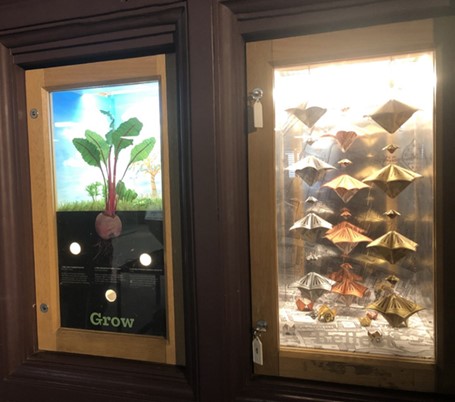
The new Grow and Reflect cabinet displays
Alana House activities for the Oracle Gates
Alana House is a community project run by PACT that uses a holistic and trauma-informed approach to support and empower women facing multiple disadvantages. They offer a confidential, women-only, non-judgemental space and welcome all women who feel they need help, support and advice.
MPR and visual artist Fong Scott worked in the café at Alana House to create ‘chatterboxes’ for Oracle Gates display at Reading Museum. We worked with six women and one volunteer. Sessions included paper folding experiments for accuracy and mark making to create fortune teller/chatterboxes, reminiscing on making these as young people. The insides hold words of random acts kindness; mindfulness and environmental responsibility.
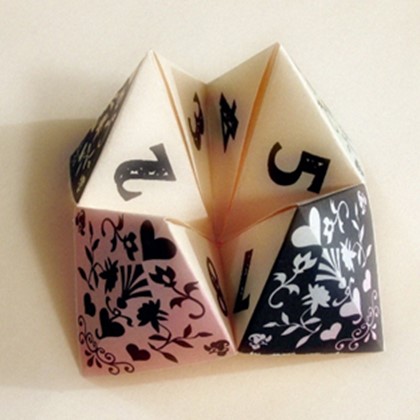
Chatterbox
Three different object handling collections from Reading Museum were shared to prompt discussions on life past, present, future of Reading. We explored the history of the Oracle Gates and the way crisis and vulnerability can affect anyone of us at any time, and support offered locally to those vulnerable today. We discussed the ancient mythological Oracle and contemporary beliefs and values, as well as the Oracle’s role in prophecy with conversations about what guides us personally and our traditions and superstitions today (touch wood; magpies). MPR presented the concept of the Oracle Gates cabinet display and the use of mirrors to literally and metaphorically reflect how we all need support and face challenge.
Sadaka community kitchen activities for the Oracle Gates
Sadaka support those facing hardship or going through tough times, including providing food, company, and conversation. MPR delivered sessions growing out of a previous upskilling programme, where a need for social interaction through creative project work was identified.
MPR worked with vulnerable guests to Sadaka, using the handling collections from Reading Museum and archival material from The MERL to explore the history and heritage of the Reading Market Place area. We took a particular focus on the heritage of Suttons Seeds at the Marketplace and Reading, as well as a focus on bees and pollination, to consider food security and community growing. We worked with 10 people and 4 volunteers to create ideas for the Oracle Gates display and provided lunch for 40 people at 3 sessions.
As a legacy of the programme, Sadaka requested MPR support with the in-house display of artwork from participants in Sadaka’s wellbeing sessions. The volunteers reported that they learnt a ‘great deal’ from working with MPR on the design, install and exhibition event, and as a result felt much more confident in staging future exhibitions.
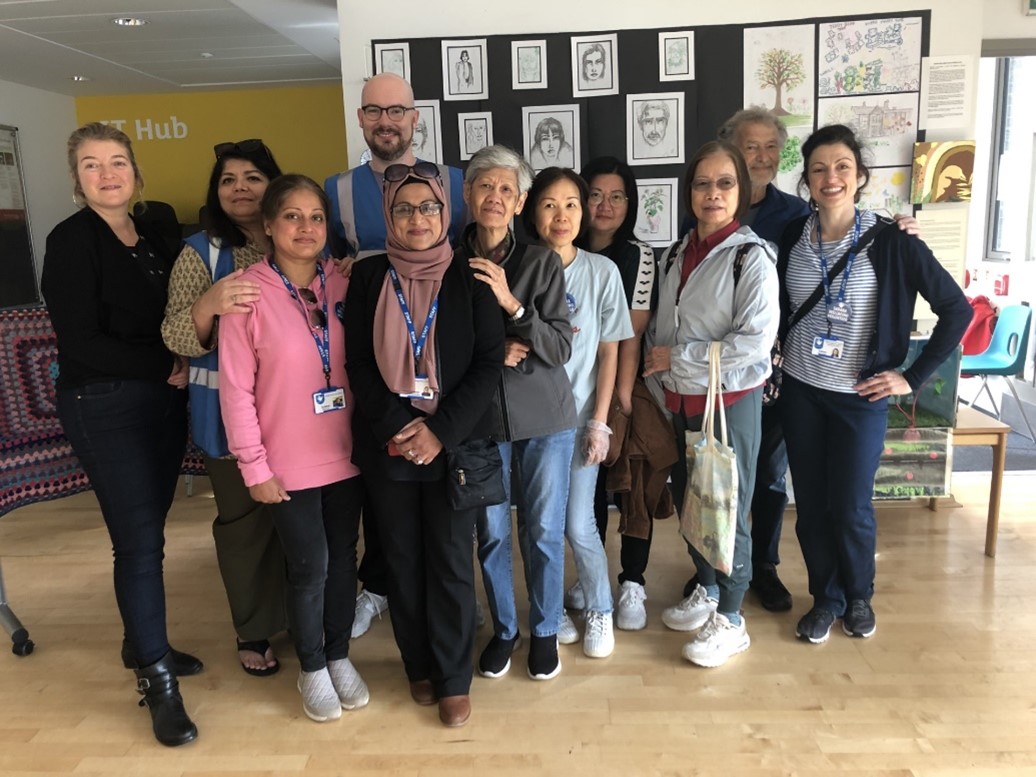
Sadaka staff and volunteers


